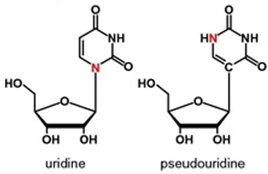I am following up on my series of posts based on the work done by Chris Bohl and collaborators at Sekisui Xenotech. Here, he looks at the effect of cryopreservation on pooled hepatocytes metabolic activities, and how the patented Cryostax technology can address this issue.
Cryopreservation and thawing of primary hepatocytes causes inherent damage to the cells. Traditional pooling methods require cells to undergo two separate cryopreservation and thaw steps, leading to increased cryoinjury and decreased metabolic activity.
CryostaX® hepatocytes use a patented process that allows scientists to create primary hepatocyte pools from up to 20 donors with only a single cryopreservation. Individual donor hepatocytes are cryopreserved as CryostaX® pellets, which can then be physically combined and packaged into a single vial without having to thaw and re-cryopreserve a second time. This limits the cryoinjury to each donor, maximizing the metabolic activity of the pool, and removes the extra cost usually associated with custom pooling.
Data indicates (you can download it here) that minimizing cryoinjury leads to a modest conservation of CYP450 and SULT activities, but has significant advantages when examining UGT activity. When choosing suspension or attaching hepatocytes for your experiments, why choose pools with increased cryoinjury?



You can learn more about this patented CryostaX® technology at this link or contact me for more information.



